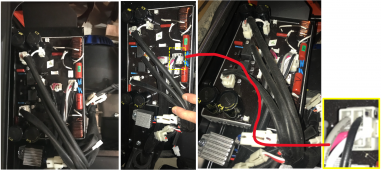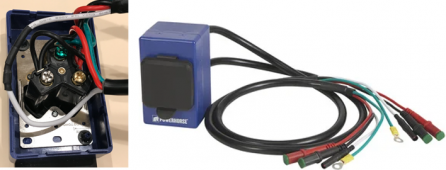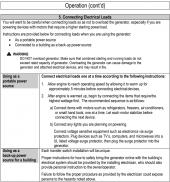ePowerBank
New Member
- Joined
- Apr 13, 2021
- Messages
- 133
WOW - very interesting! Not sure you caught I'm actually using the smaller 4500W Powerhorse(s) (p/n 83171). I wish the 83171 manual had instructions like this! I contacted Northerntool previously in absence of parallel connecting instructions (both the inverter and the parallel kit = nothing) - the verbal direction clearly was "start first, then connect". No pun, I was shocked and questioned him and he said all their training was just that...Read attached two pages from Powerhorse manual, highlighted text.
Everything I hear (as you previously advised) and read consistently (other brand manuals) has been otherwise, connect first then start. Anyone has otherwise I'm all ears - I think I checked at least 4 other brands. I actually tested (start 1st, connect 2nd) and didn't like the way it sounded plugging in the 2nd unit (no load) and hearing both syncing. The 7500W unit makes it very clear though. I think I'm going to post something in their public forum for my p/n in question of connecting instructions to hopefully get the careful correct answer...
Thanks for that detail!










